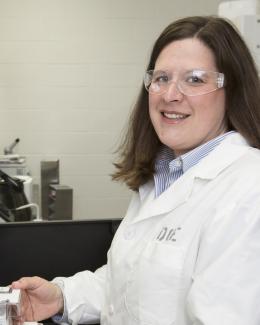Abstract
This study characterized regions of DNA which remained unassembled by either PacBioand Illumina sequencing technologies for seven bacterial genomes. Two genomes were manually finished using bioinformatics and PCR/Sanger sequencing approaches and regions not assembled by automated software were analyzed. Gaps present within Illumina assemblies mostly correspond to repetitive DNA regions such as multiple rRNA operons sequences. PacBio gap sequences were evaluated for several properties such as GC content, read coverage, gap length, ability to form strong secondary structures, and corresponding annotations. Our hypothesis that strong secondary DNA structures blocked DNA polymerases and contributed to gap sequences was not accepted. Pac Bioassemblies had few limitations overall and gaps were explained as a cumulative effect of lower than average sequence coverage and repetitive sequences at contig termini. An important aspect of the present study is the compilation of biological features that interfered with assembly and included active transposons, multiple plasmid sequences, phage DNA integration, and large sequence duplication. Our targeted genome finishing approach and systematic evaluation of the unassembled DNA will be useful for others looking to close, finish, and polish microbial genome sequences.


